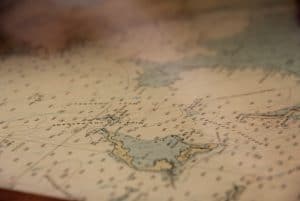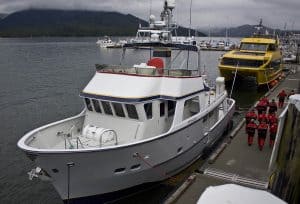
Destination: Acoustical Engineering Career
How to get there from where you are In the process of planning a recent temporary escape from the noise of construction and sirens that

How to get there from where you are In the process of planning a recent temporary escape from the noise of construction and sirens that

The fact that I’m wearing noise-cancelling headphones as I write strikes me as both ironic and illustrative of how much and how insidiously noise can affect us at work, rest, or play. With all the construction underway in my neighbourhood, I’m relieved to discover that the sounds of recorded waterfalls, surf, rain—or even Drum & Bass—are far more conducive to cognitive focus than, say, the dulcet tones of jackhammers or chainsaws. Though currently home-based, I have worked in conventional office environments, researching and writing amidst colleagues engaged in activities and conversations sometimes no less, um…dulcet, and I suspect wearing headphones to tune them out would probably have been construed as rude.

I’d never before pondered that fish and noise might—even indirectly—have anything to do with each other. Little did I know! Sure, fish do tend to be quiet, but the process of harvesting them most assuredly does not.
With high casualty, accident, and injury rates, fish harvesting ranks as one of the world’s most dangerous industries. Occupational Health and Safety (OH&S) and Workers’ Compensation Board (WCB) literature from coastal communities not only confirms this; it also highlights noise-induced hearing loss (NIHL) as a primary health hazard among fish harvesters. What these regulatory bodies haven’t addressed is the noise-induced fatigue caused by insufficiently sound-attenuated crew quarters. Cumulative health effects of noise exposure over time also include cardiovascular stress, which can lead to high blood pressure and dizziness.

In Have you heard about her? Women’s innovative contributions to acoustics (Part I), we started off with a historical perspective, acknowledging Hedy Lamarr’s ground-breaking work in developing the frequency hopping spread spectrum, a technology still used in underwater acoustic communication and recognized as the foundation of WiFi, GPS and Bluetooth.

Although Hedy Lamarr wasn’t an acoustician per sé, the frequency hopping spread spectrum technique she developed with avant-garde composer George Antheil was a milestone invention in the field of information technology, one still used in underwater acoustic communication owing to its anti-interference and anti-fading properties. These same properties explain why the two friends are widely credited with paving the way for later, more complex inventions including WiFi, GPS and Bluetooth.